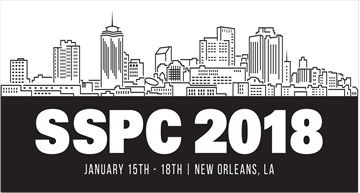Search
Visual Determination of Film Thickness via Real-Time Enhanced Digital Imaging
Also Purchased
The Problem with Meeting Dry Film Thickness Specifications
Product Number:
41215-892-SG
Publication Date:
2015
$20.00
Updating ASTM D7091 Standard Practice for Coating Thickness Measurement
Product Number:
51218-088-SG
Publication Date:
2018
$20.00
Statistical and Technical Evaluation of Rapid Dry Film Thickness (DFT) Measurement Technologies
Product Number:
51218-136-SG
Publication Date:
2018
$20.00




